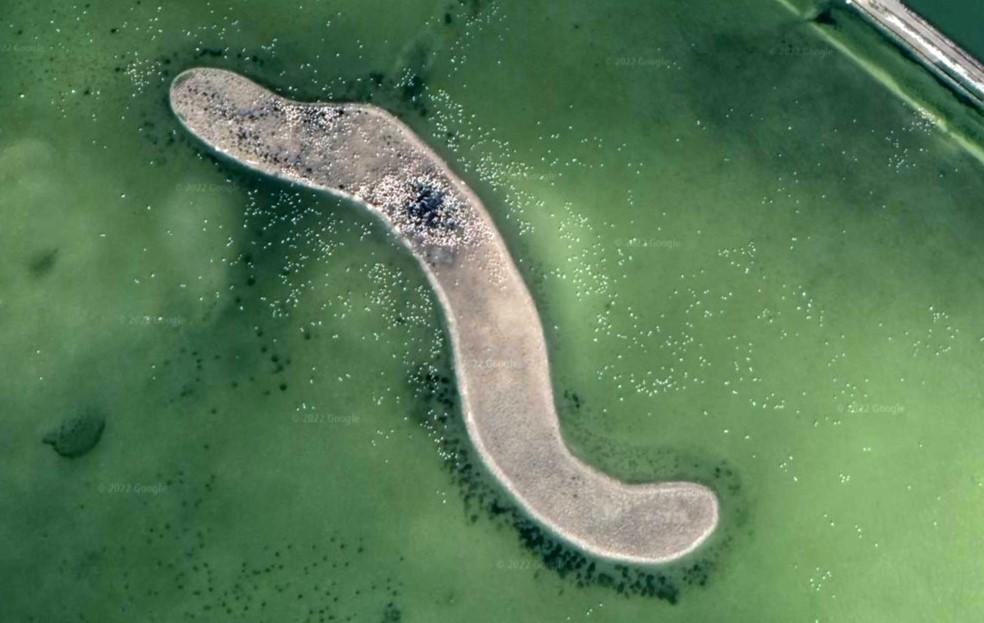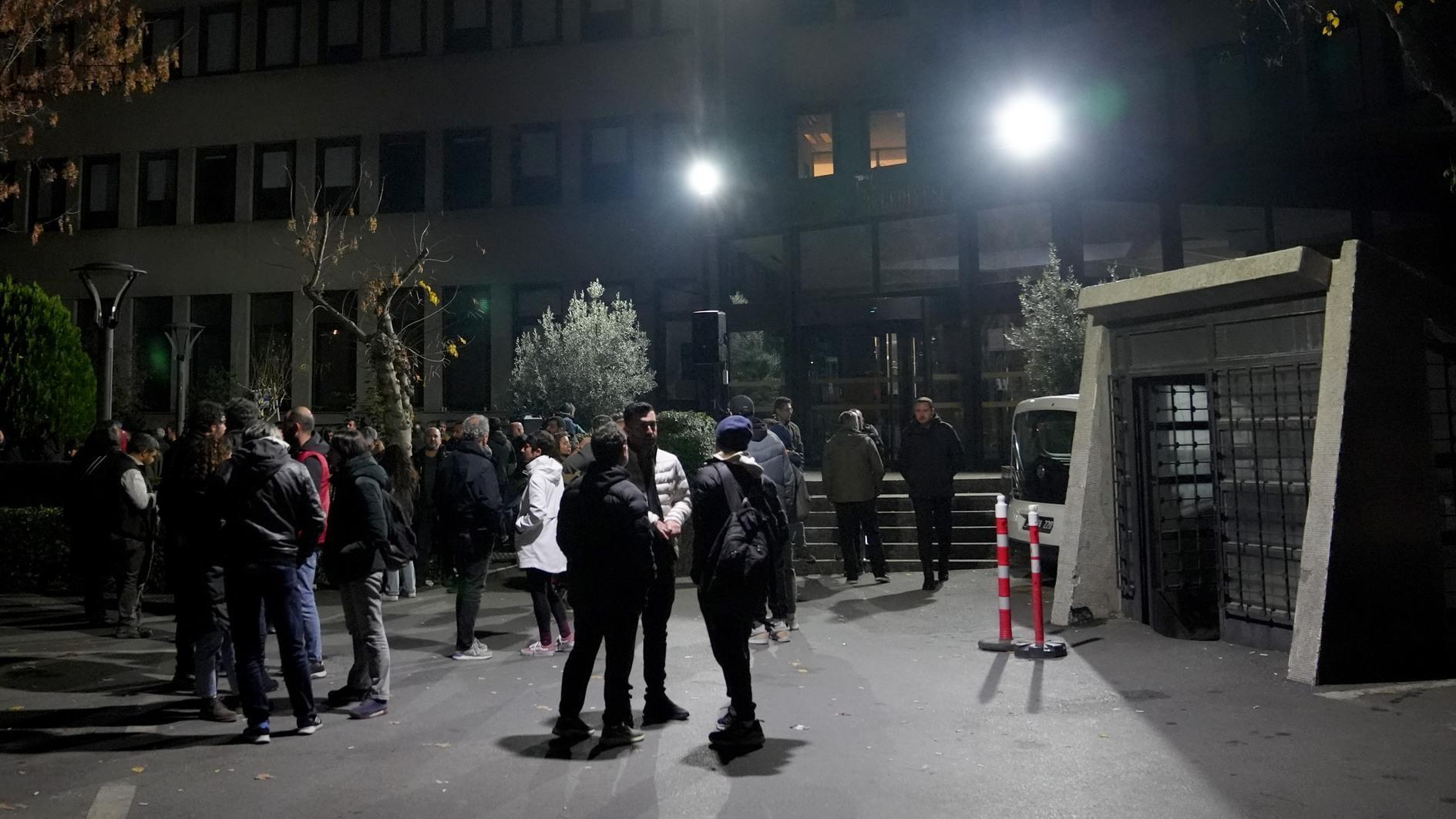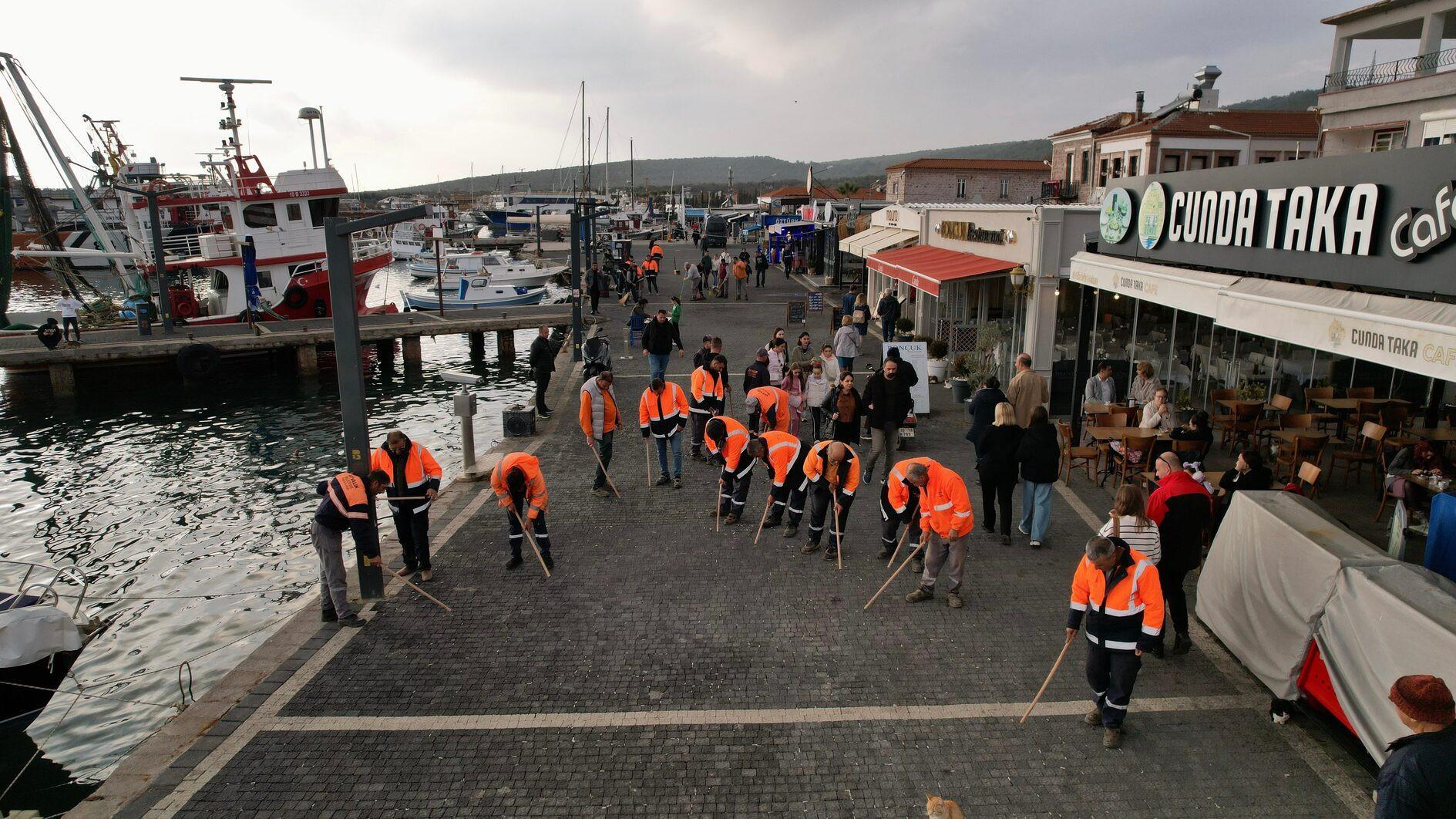Flamingos in Gediz Delta tracked via Google Earth
ANTALYA

The flamingos in the İzmir-Gediz Delta, which is of great importance in terms of breeding and habitat for flamingos in Türkiye, have been photographed with satellite images obtained via Google Earth.
Gökçe Coşkun, a veterinarian from the Antalya Bird Watching Society, who provided the image of flamingo herds from Google Earth, said Türkiye is one of the largest breeding spots for flamingos in the world.
“In Türkiye, they breed mostly in Salt Lake and Gediz Delta. There are also flamingos that do not migrate and stay in these areas throughout the year. Those, which spend the winter in Africa during their migration, come to Salt Lake and Gediz Delta, where they breed and raise their offspring,” he said.
Coşkun explained that flamingos form large herds because they exhibit reproductive and migration behaviors in colonies, and continued:
“It is possible to see these large colonies even via satellite. Flamingo herds in the Gediz Delta can also be observed on Google Earth. For example, a serious number of flamingos died due to drought over the few last years in Tuz Lake. It is now possible to track them even via satellite. In order to prevent such new drought-related problems or deaths, satellite tracking via Google Earth is necessary.”
Coşkun noted that the number of flamingos in the world is 790,000 and a significant number of them breed in Türkiye.
“These species live in slightly more acidic and alkaline waters and reproduce there. In Türkiye, we see many flamingos in areas such as Gediz Delta, Konya Kulu, Salt Lake, Burdur Yarışlı Lake. Gediz Delta is very productive in terms of wildlife. Although it is located near the city life and its area has gradually narrowed, it still hosts many bird species. Breeding islands have been built in the Gediz Delta for flamingos. Nearly 15,000 flamingos incubate and reproduce there each year.”
Coşkun also stated that flamingos have extreme stress due to the fact that many people or some observers fly their drones close to the birds.
“There are too many drone owners right now and they fly them above flamingos unconsciously. They can fly especially close to the breeding island. This causes great stress in animals. Harming wildlife is not only killing them, but exposing them to constant stress. Therefore, using such satellite images will facilitate the work, and it can be an alternative to using drones,” Coşkun said.
















